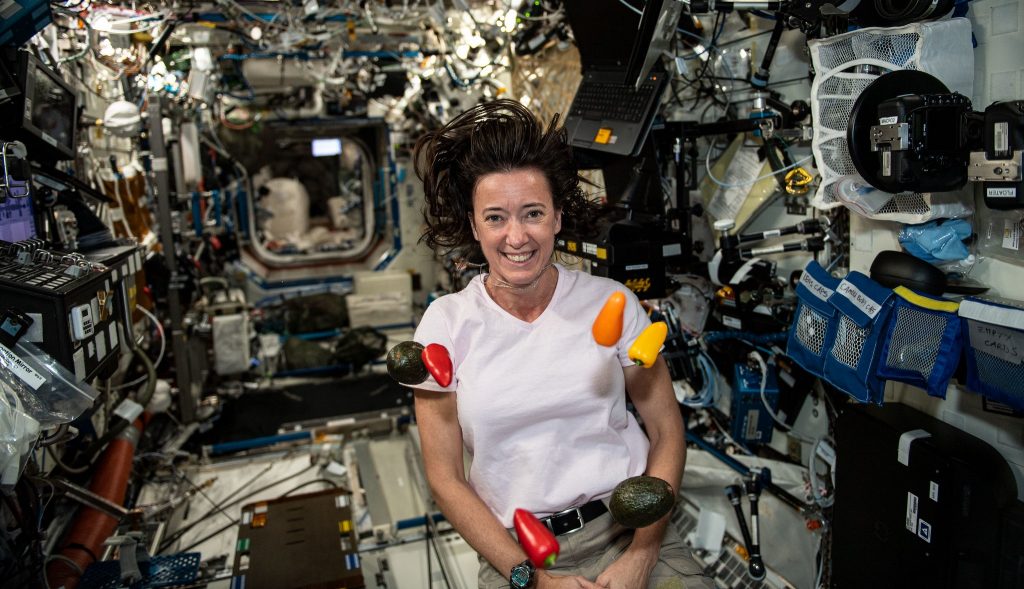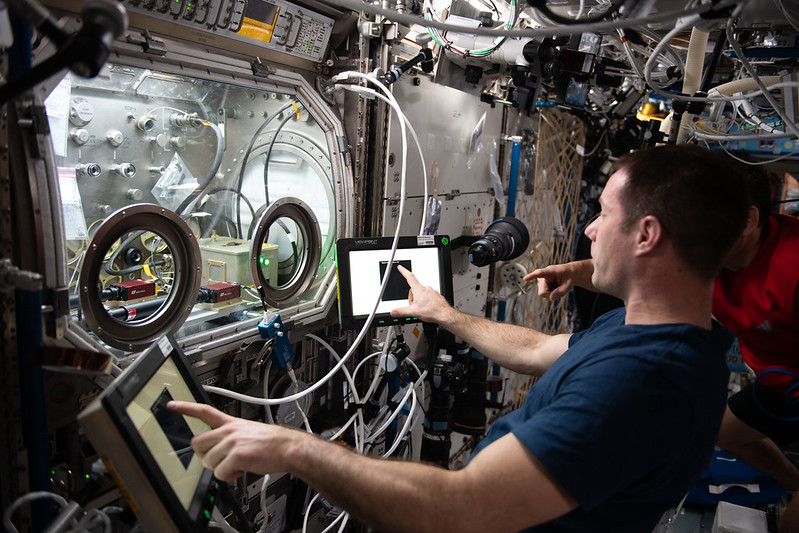
A delay in the undocking events scheduled for tomorrow gave the crew of Expedition 65 aboard the International Space Station extra time to focus on training, science, and maintenance today.
Russia’s Multipurpose Laboratory Module (MLM) launched on July 21, and to provide more time for Russian flight controllers to check out MLM’s status, the undocking of the Russian Progress 77 and Pirs docking compartment has been postponed until Saturday, July 24. The space station crew has been notified. Progress 77 undocking with the Pirs docking compartment is now scheduled for 8:28 am EDT. Live coverage on NASA TV, the agency’s website, and the NASA app will begin at 8 am.
On Thursday, July 29, MLM is scheduled to dock at the station. Named Nauka, after the Russian word for “science,” MLM will serve as a new science facility, docking port, and spacewalk airlock for future operations.
Once Pirs and Progress 77 are decoupled from the station on Saturday, they will undergo a de-orbit maneuver that will send it towards Earth to disintegrate in Earth’s atmosphere. In preparation, Russian Cosmonauts Pyotr Dubrov and Oleg Novitskiy performed a series of maintenance tasks today.
The crew also prepared for another upcoming event: the scheduled arrival of Boeing’s CST-100 Starliner at the space station on July 31 as part of NASA’s Boeing Orbital Flight Test-2 (OFT-2) mission. NASA Flight Engineers Mark Vande Hei and Shane Kimbrough along with station Commander Akihiko Hoshide, a Japan Aerospace Exploration Agency astronaut, received training on procedures relating to the approach, docking, and undocking of Starliner.
A full suite of science interspersed these maintenance and training tasks. The crew continued its focus on eye health, remotely guided by scientists on Earth. NASA astronaut Megan McArthur along with Hoshide and Vande Hei set up hardware and helped each other administer drops that dilate their eyes so that onboard equipment can capture 3-D images of their eyes’ internal structures. They also performed vision tests. The low gravity on the space station can change eye shape in some astronauts, so monitoring eye health is important to ensuring crew health.
Astronauts also continued work on science experiments that could provide insight into how to harness nanoparticles to fabricate and manufacture new materials. McArthur, Vande Hei, and Kimbrough all ran tests for the Investigating the Structure of Paramagnetic Aggregates from Colloidal Ellipsoids, or InSPACE-4, study. Magnetic fields used in the experiment, when combined with the station’s low gravity, allow particles to be observed in a suspended state, which is ideal for monitoring their interactions with light and heat.
In addition, Kimbrough, Vande Hei, and McArthur completed surveys about their recent meals that will allow scientists to study menu fatigue. In space, menu fatigue can have serious consequences. Lost appetites could result in astronauts not eating enough food, which may lead to body mass loss, nutritional deficiencies, and other health issues, particularly on long-duration missions.
Meanwhile, ESA (European Space Agency) astronaut Thomas Pesquet focused his attention on testing how the KEyence Research Microscope Testbed (KERMIT) would work in different locations on the station. KERMIT is designed to streamline imaging and analysis through a single platform with easy operation by the station crew as well as by remote operatiors on the ground. With real-time guidance from researchers on Earth, Pesquet moved KERMIT along with other equipment that can characterize vibrational disturbances caused by the microscope when in use. He then tested whether KERMIT’s functionality could be retained in this new location.









